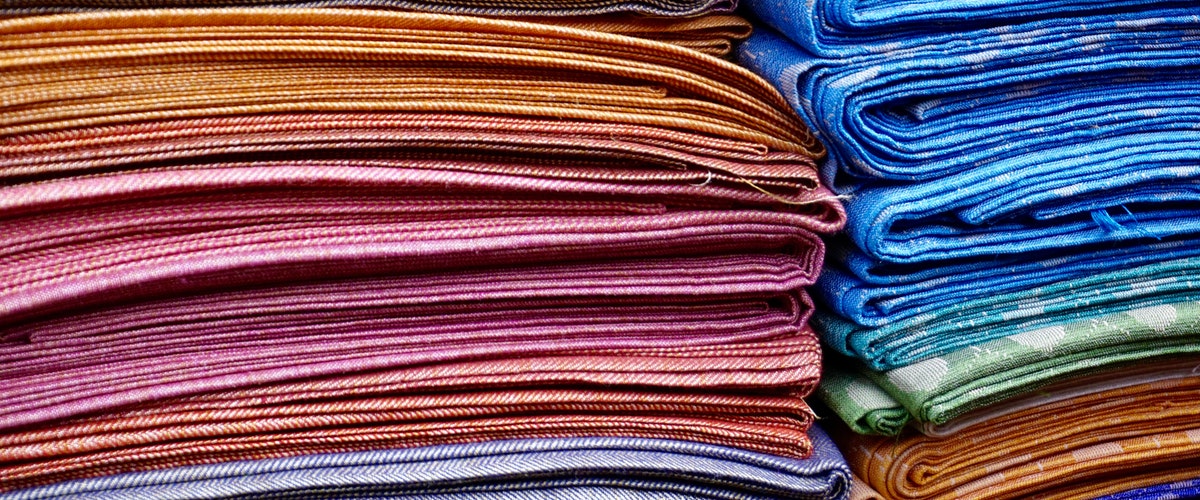Garments and textile industry players are advised to strengthen the skills of their workforce and upgrade their machinery to reduce costs, as they carve out their own market niche to respond to competition.
During the recent 2022 Tela Conference, Marikina Rep. Stella Quimbo said the government also needs to help address other sources of low productivity in the industry, particularly in terms of lowering power and shipping costs.
Quimbo said the overall competitiveness of the textile industry has been declining over the last two decades amid shrinking labor productivity that may have led to higher prices of Philippine textiles compared to that in other Southeast Asian countries.
She cited an earlier study of the Philippine Institute for Development Studies (PIDS) indicating reasons for the declining competitiveness of the industry, including low worker productivity, low design capabilities, high costs of power and shipping, and low financial capital to invest in merchandising and technology required for value-added services, among others.
Based on this study result, Quimbo urged firms to achieve “economies of scale” by ramping up business operations to reduce unit costs.
“What factories need to do to scale up for more efficient production would include for example investing in machines, again having larger factories or having an assembly line approach to the extent possible,” she said, adding others can have a small semblance of an assembly line only for improving efficiency.
She further cited a 2019 study of the International Labour Organization (ILO) indicating reasons for declining labor productivity in the garments and textile industries in Asian countries, including the Philippines, include lack of adequate operator and management skills, and poor production planning, among others.
Quimbo said there are interventions that can be implemented at the factory level, including upskilling of workers and upgrading of machinery.
She said the Department of Science and Technology-Philippine Textile Research Institute (DOST-PTRI) has already done a lot of research and development (R&D) for the local textile industry sector.
“My humble suggestion is I hope we should not waste that gain. I think we can leverage whatever R&D efforts the DOST has engaged in. We leverage on that so that we can obviously address the other sources of inefficiencies in the industry,” she added.
Quimbo said the Technical Education and Skills Development Authority (TESDA) provides skills training, while the Department of Trade and Industry’s (DTI) financing arm, the Small Business Corporation (SBCorp), is making available credit loans for textile factories.
“In addition, we really need a whole-of-government approach to help the textile industry. There are many concerns or many sources of low productivity levels that are really cross-cutting, meaning it is really beyond the textile industry,” she said, citing as an example the high shipping costs which are the main complaint of many exporters.
To become competitive, Quimbo called on garments and textile companies to find specific market niches and develop a comparative advantage.
“I think design is possibly a comparative advantage at least for local footwear,” she said. “The global market is so huge and if we take advantage of that, we are able to have economies of scale locally.”
Quimbo said the government can also step in terms of consolidating orders of small businesses to meet high volume of orders.
Source: PHILEXPORT News and Features
February 23, 2022
February 23, 2022













